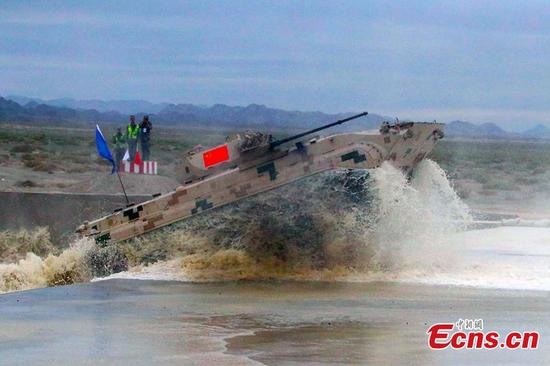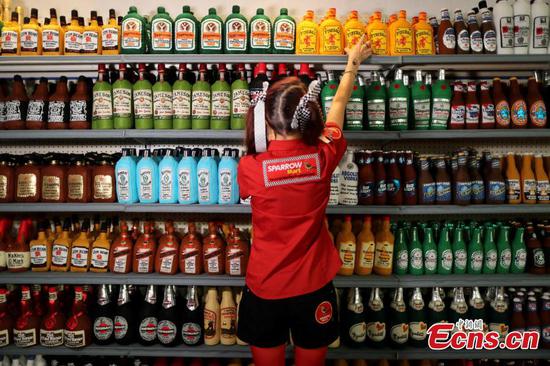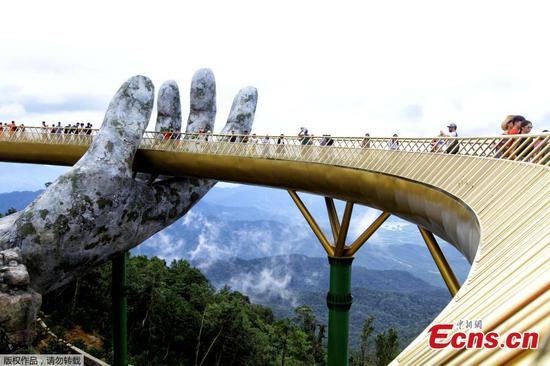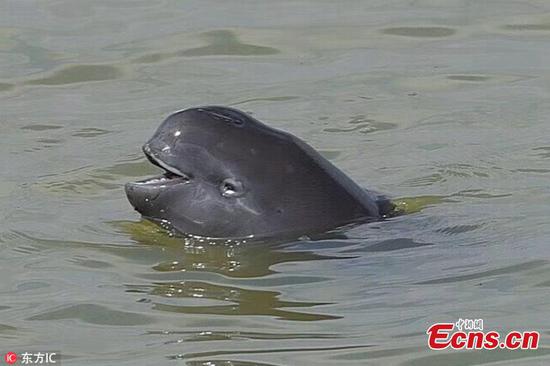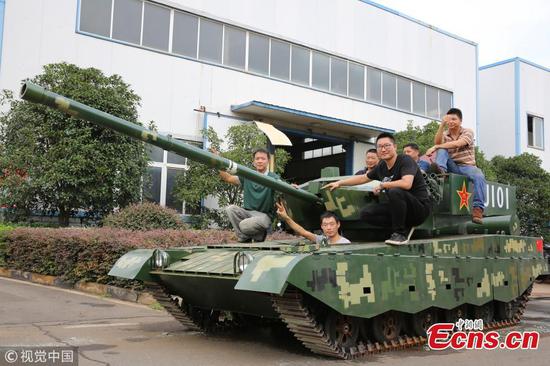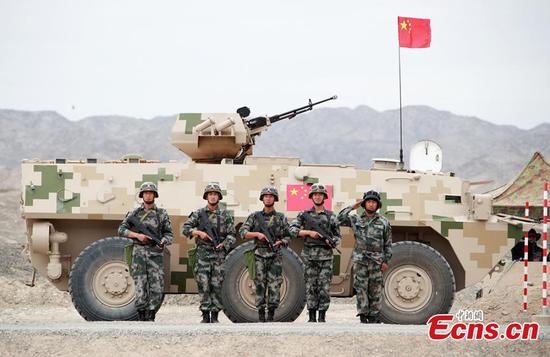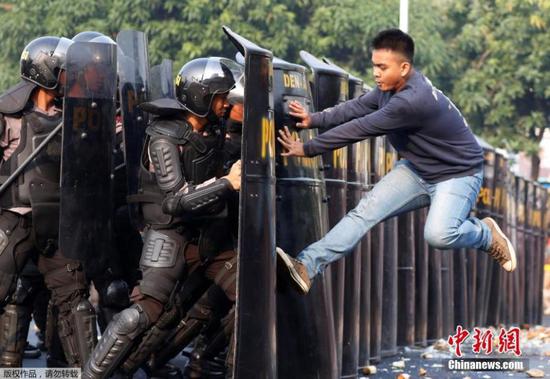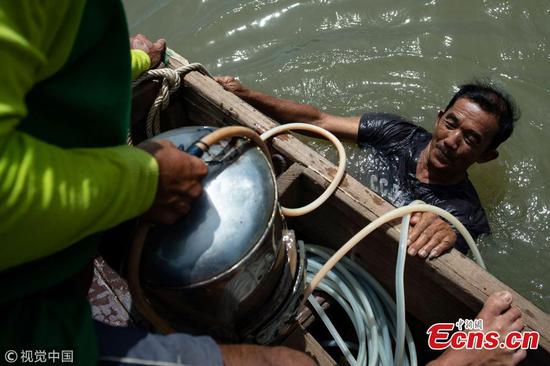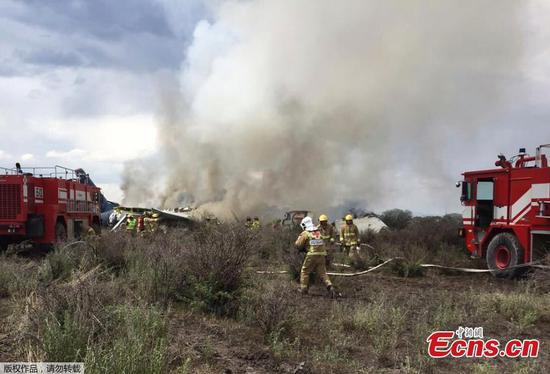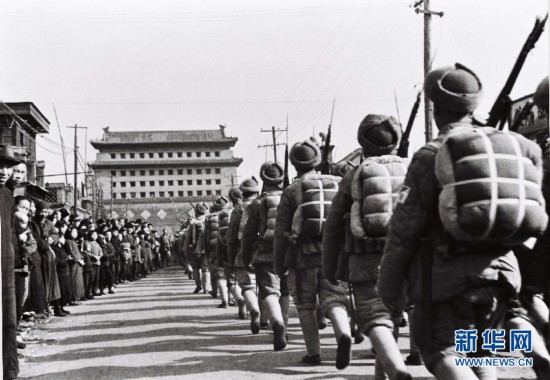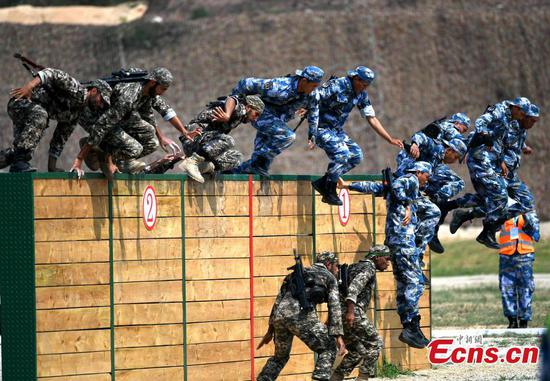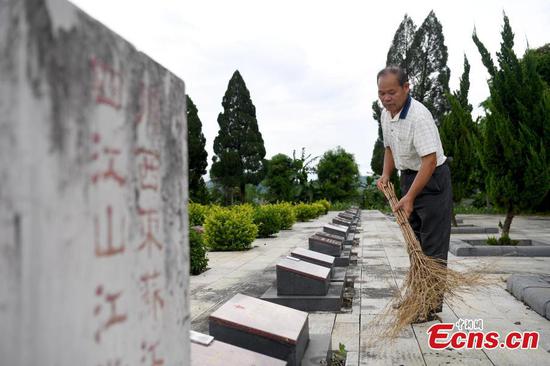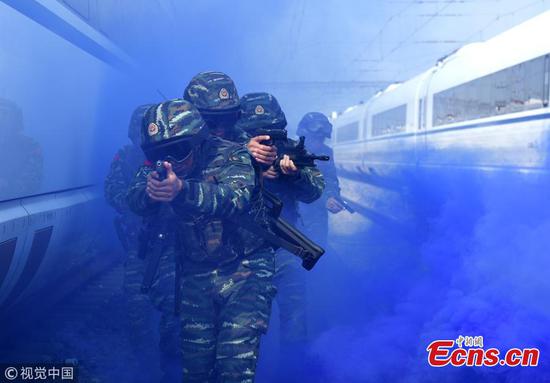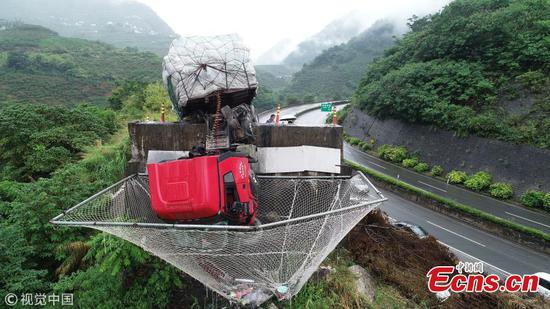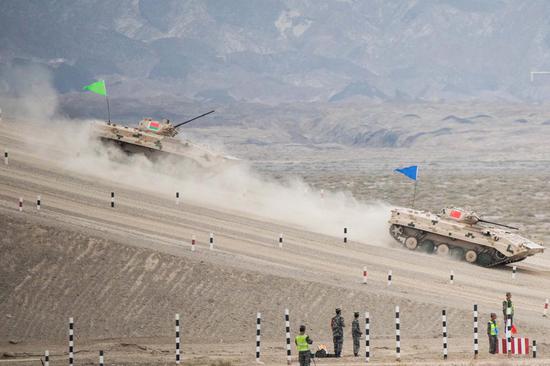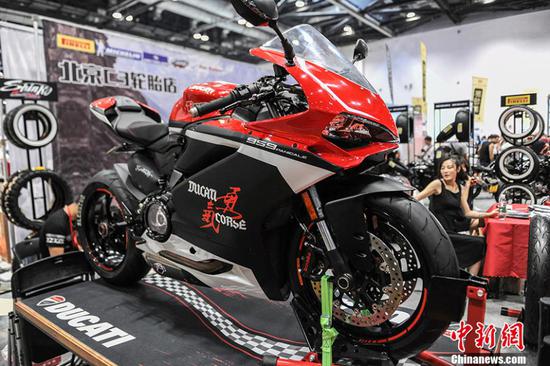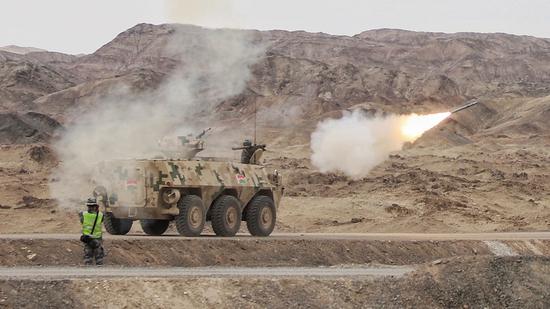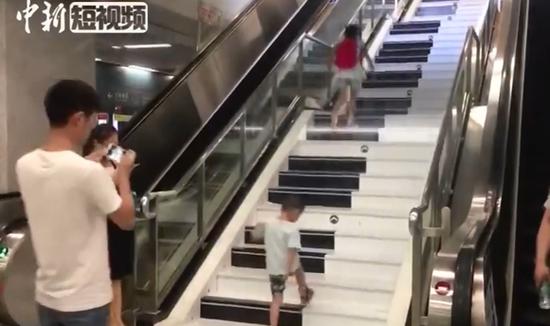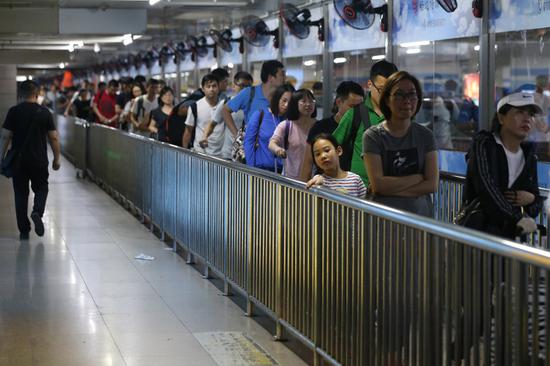
Passengers wait in line for cabs at Beijing South. (WANG JING/CHINA DAILY)
Consultants needed
Yang Tao, a member of the China Urban Traffic Planning Institute Academic Committee, said the reasons for the difficulties being experienced at Beijing South are complicated.
"The Beijing South problem is not only a simple problem of transport, but a problem of social governance, which is a comprehensive reflection of beliefs, technology and the services of participating stakeholders at all levels, including the government and operating companies. To solve this problem, we need to examine the situation and propose comprehensive solutions, rather than simply encouraging more taxis to go there," Yang said.
He added that problems arose because the station was built in an area with a poor surrounding road network, insufficient land and with uncompleted links for passengers to transfer to buses, the subway or cabs.
Yang added that early-stage planning for the station had not been ideal, failing to foresee the increased passenger flow and had failed to provide sufficient public transportation connections.
He suggested the authorities invite professional consultants specializing in transportation design to carry out a comprehensive assessment of the station and nearby areas. This should include traffic load, the road network, public transportation system, transfers and connections, as well as management at all levels. A proposal for improvements should be submitted after seeking opinions from experts and the public.
"We should pay more attention to whether the number of subway trains and buses, as well as the service, is adequate. If the (right number of) subway trains and buses are in place, then we can solve the problem of supply and demand at source. At the same time, reform of online car-hailing should continue. The most important thing is to identify the crux of the problem, not just solve a single problem," he said.
Yang said public transportation systems in developed European countries and Japan have been successful, but it is unrealistic to merely duplicate foreign examples.
"Integrated transportation hubs in Japan and Europe can operate round-the-clock and offer convenient public transport facilities to fully guarantee demand is met. Smooth connections, easy transfers and clear signs at stations can minimize the need for taxis," he said.
Yang said small cars, including taxis and private vehicles, should generally be avoided for travelers, given China's large population, limited land and road resources.
"On the other hand, we should take full advantage of developing public transport and encourage people to use it more," he said.









